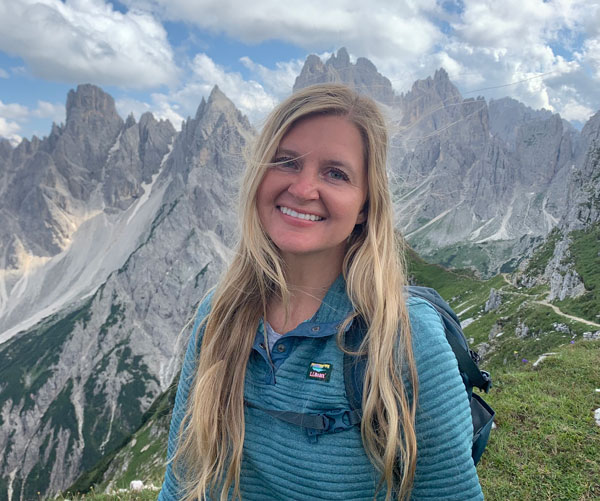Article Author : Cadelee Bankes is a science teacher at Maysville High School and is currently pursuing a Master’s degree in Biology through Miami University. Outside of her professional work, Cadelee is always finding time to spend outside, whether she is tending her gardens or spending time with her husband, Brandon, exploring the great outdoors.
In Ohio, the spring season is one of the most anticipated times of the year - the warmth in the air, long-awaited prolonged daylight, and the reappearance of life once again. While warmer temperatures and longer days are enjoyable to humans, they are essential for wildlife and other forms of life. Most wildlife stays tucked away during the cold winter months until spring's arrival, which welcomes new opportunities as animals listen to their internal biological clocks telling them to begin exploring the world surrounding them. Opossums, skunks, raccoons, and squirrels are some of the most common wildlife animals encountered in Muskingum County. As many of us have likely witnessed, they make their way into urban environments, including our own backyards, searching for resources for survival.
As a resident in an urban community of Muskingum County, I appreciate that I can visit our local parks that offer diverse habitats for observing wildlife. However, while many individuals enjoy observing wildlife interactions, coexisting with wildlife can often lead to human-wildlife conflict. Humans and wildlife intersect more often as urban development continues to stretch through natural landscapes. As natural areas become more urbanized, wildlife is introduced to new pressures. They must learn to adapt by taking advantage of the physical infrastructures and food resources urban environments provide. Eventually the demand for resources, especially with species that benefit from living in human-modified habitats, may blur the lines between humans and wildlife thus increasing negative impacts on a particular species.
When the boundaries between humans and wildlife are blurred, conflict may result in attaching stigmas to urban wildlife due to species' nuisance behavior or misleading information that undermines a species' role in the environment. There is therefore a critical need to understand wildlife behavior to help recognize the beneficial values they have on the environment and our interdependent connection to them. For example, if our community understands that raccoons can adapt to a wide range of food resources, we can eliminate nuisance behavior by containing open, available food sources to encourage the raccoon to proceed on their own instead of using our own means of removal. We may even feel more inclined to implement such modifications if we understand raccoons' niche, or role in the ecosystem. Their wide ranging diet benefits the environment by dispersing seeds from consumed berries and nuts, encouraging plant growth across our natural spaces.
To protect both wildlife and the well-being of a growing population, we have to ask ourselves: Can we learn to share our space and coexist peacefully with wildlife in an expanding urban world? We need to thoroughly understand our wild neighbors' behavior and their interactions with an urban environment to address stigmas and correct associated myths. Only then can we begin to transform our attitudes toward our wild neighbors and turn our conflicts into coexistence for a chance to reconnect with nature.
I invite you to follow along with future articles that lend a helping hand to understand, respect and coexist with our local wildlife. Considered nature’s clean-up crew, the upcoming article will focus on a local species that eats anything from pesky insects and venomous snakes to rotten fruit and vegetables and eggs. This species is also a close relative to the Australian kangaroo - can you guess who? Thank you for taking an interest in coexisting with our local wildlife!
